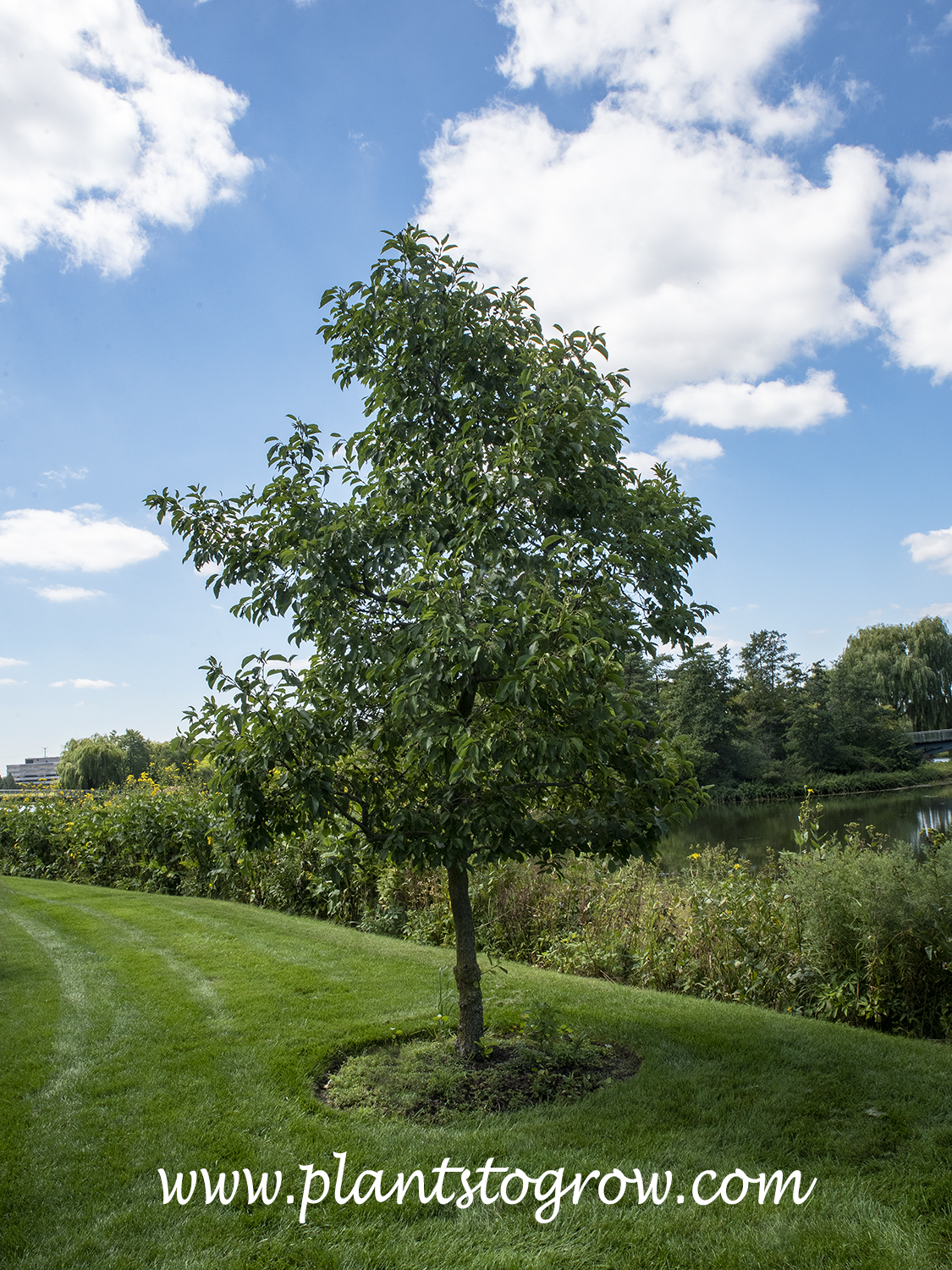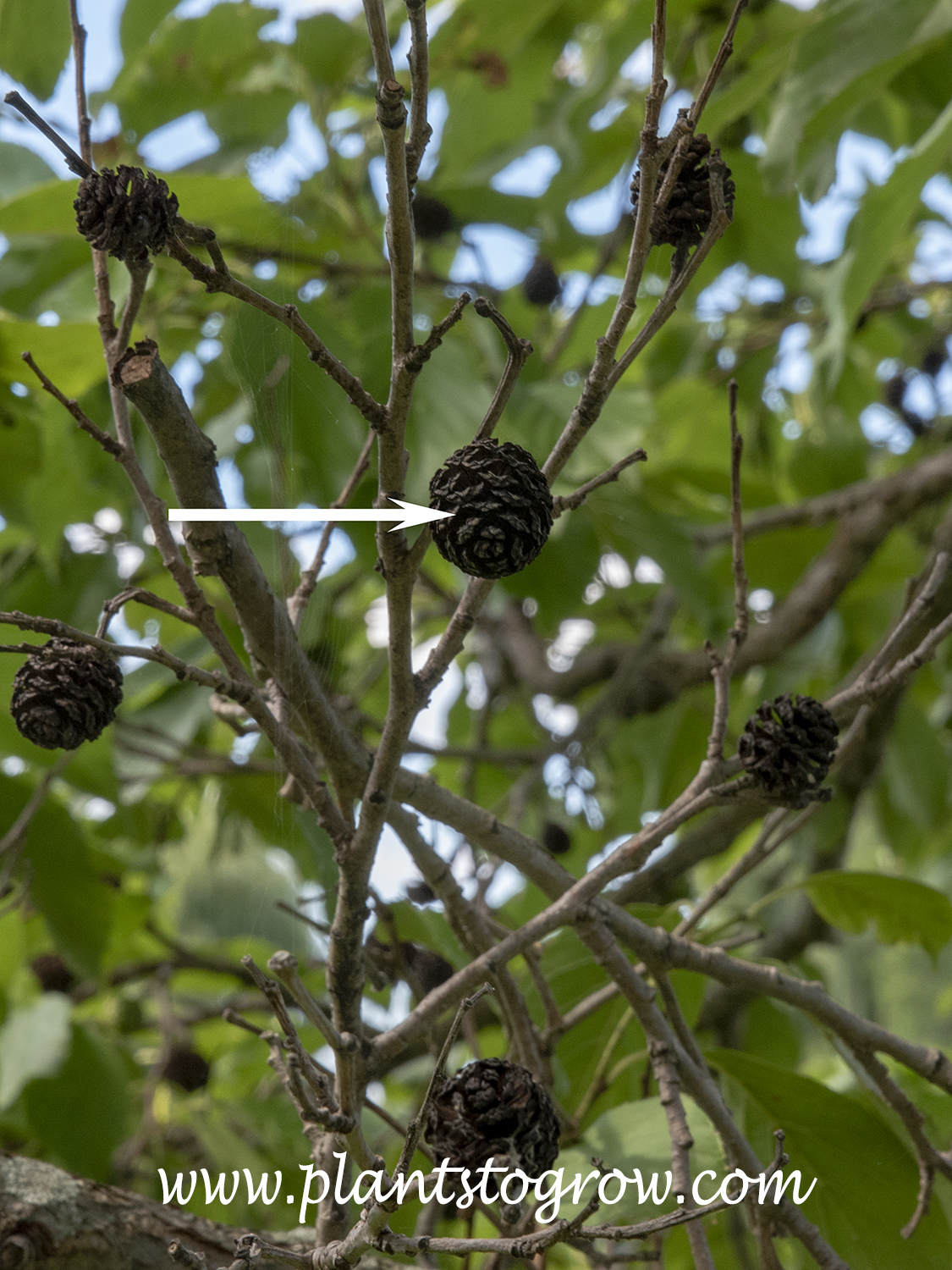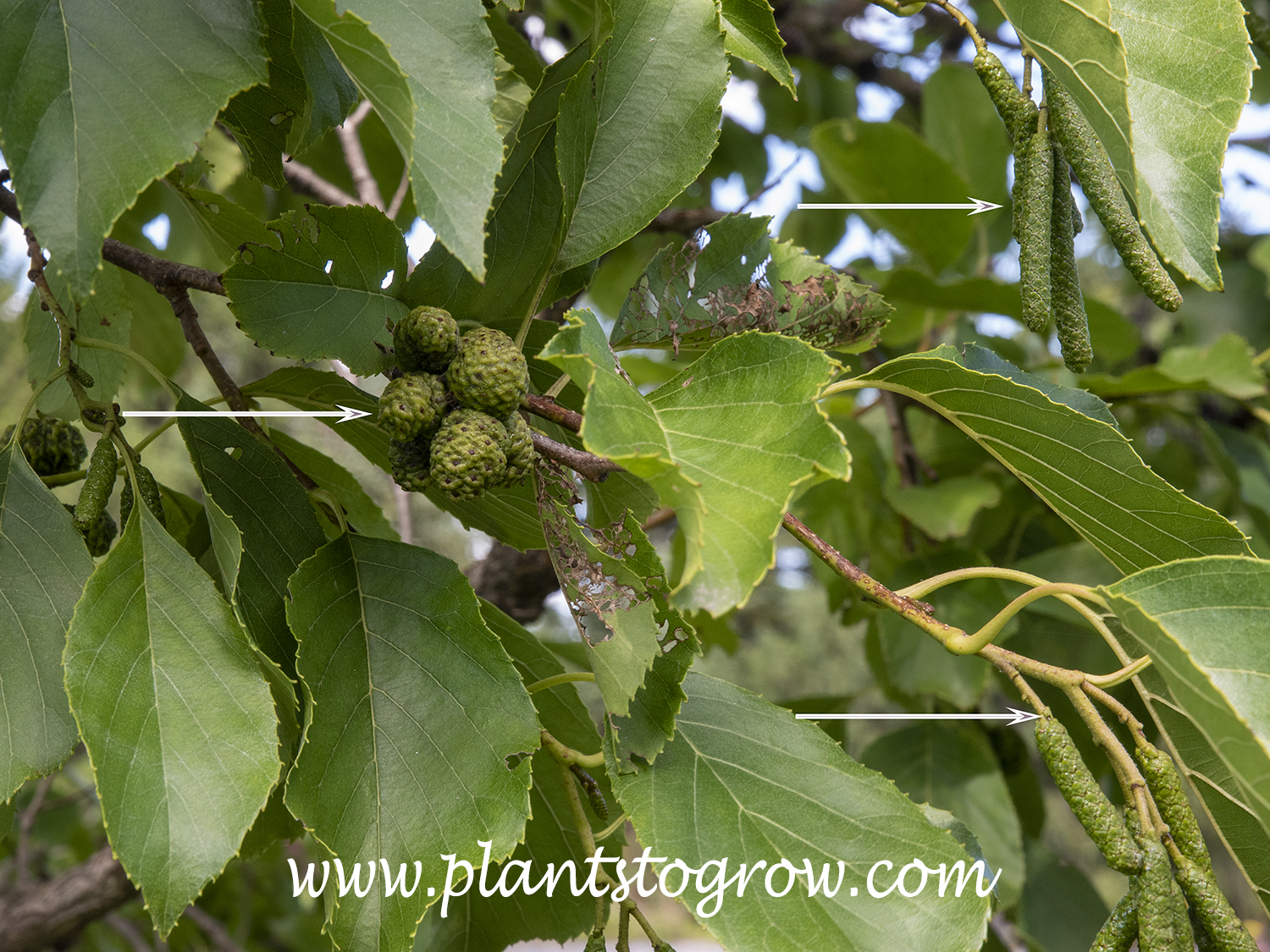| Description | Siberian Alder (Alnus hirsuta var siberica) is a medium size tree that grows near water or wet to moist sites. Very adaptable to average soil. |
|---|---|
| Pronunciation | (AL-nus)(her-SOO-tuh) |
| Plant Type | Trees Deciduous |
| Sunlight | full |
| Moisture | average to moist to wet |
| Soil & Site | average to moist to wet, found growing near small rivers, bogs, springs, or wet places |
| Flowers | Not showy, forms long male catkins and oval female catkins, dried female catkins look like small conifer cones; they dry and release the seeds in the fall |
| Fruit | small, winged nutlet, samara |
| Leaves | glossy green, golden yellow in fall |
| Roots | Can fix nitrogen in the soil (nitrogen fixation) |
| Dimensions | up to 30 by 20 feet |
| Propagation | seeds |
| Native Site | Native to Japan, Korea, Manchuria, Siberia, and the Russian Far East |
| Misc Facts | The wood may be used to build furniture, agricultural tools, fuelwood, or charcoal. The genus name, Alnus, is Latin for Alder. The species name, hirsuta, is Latin for coarsely hairy. |
| Notes & Reference | #1-Manual of Woody Landscape Plants (Michael Dirr), #93-North American Landscape Trees (Arthur Lee Jacobson) |

Cart



